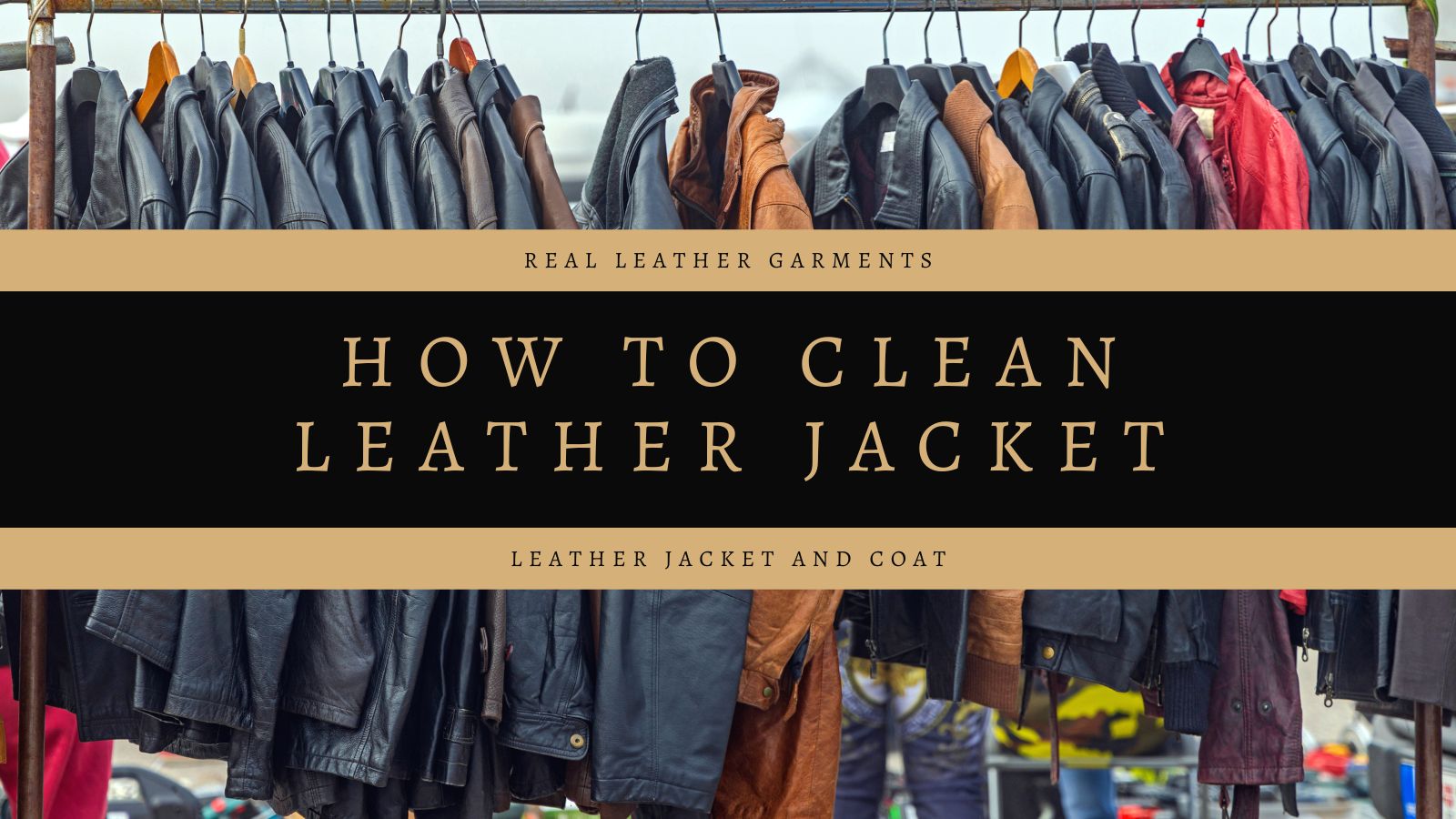There is no denying to the fact that leather jackets have been a classic and timeless wardrobe staple for decades. If you do not have it in your wardrobe, it is alright but someone from your family must own one already. However, with concerns surrounding animal welfare and sustainability, many individuals are looking for alternatives to traditional leather. Faux leather jackets are becoming increasingly popular as a sustainable and cruelty-free alternative. But many questions arise when it comes to Faux leather, is it same as the genuine leather? Can we in any way link it to the animal cruelty? Or is Faux leather really a different kind of the leather not harming animals in any way but looks like the same as the genuine one, if this is the case then it definitely is a win-win situation for us.
In this blog post, we will discuss everything you need to know about faux leather jackets, from their history to their advantages and disadvantages.
Coming to the one basic question, what actually is Faux Leather?
What is Faux Leather?
Faux leather, also known as synthetic leather, it is a man-made material that mimics the texture and appearance of real leather. It is typically made from a base fabric that is coated with a layer of polyurethane (PU) or polyvinyl chloride (PVC) to create a leather-like texture. Faux leather can also be made from recycled plastic or other materials.
Let’s discuss a bit about the history of Faux Leather Jackets
History of Faux Leather Jackets
Faux leather was first introduced in the early 1900s as an affordable and durable alternative to real leather. However, it wasn’t until the 1960s that faux leather jackets became popular as a fashion item. The punk movement of the 1970s and 1980s further popularized faux leather jackets, and they have remained a popular fashion item ever since.
Let’s jump into the advantages of Faux Leather Jackets and why investing in them is a good idea.
Advantages of Faux Leather Jackets
1. Cruelty-Free
One of the primary advantages of faux leather jackets is that they are cruelty-free. No animals are harmed in the production of faux leather. So, if you are worried about any kind of the animal cruelty something like some animals were hurt during the process then you should be at ease as one of the major reasons to use Faux leather is because it avoids animal cruelty. It is a more sustainable and cruelty-free option, as it does not require the use of animal products.
2. Affordable
Faux leather jackets are typically more affordable than real leather jackets, making them a great option for those on a budget. So, if you are worried about being tight on the budget, you must invest in a Faux Leather since it is light on the pocket, making it accessible to a wider range of consumers.
3. Durability
Faux leather is often more durable than real leather. It is resistant to water, stains, and scratches, making it a practical choice for everyday wear. Apart from this it is easier to care for than real leather. So it is a total win-win for anyone who is interested in buying a leather jacket.
4. Easy to Clean
Faux leather jackets are easy to clean and maintain. They can be wiped clean with a damp cloth and do not require special cleaning products.
5. Variety
Faux leather jackets are available in a wide variety of colors and styles, making it easy to find one that fits your personal style. So, if you do not fit in the regular leather jacket and like to experiment with the colors and designs, Faux Leather jacket can be your perfect option.
Disadvantages of Faux Leather Jackets
1. Not Breathable
Faux leather jackets are not as breathable as real leather jackets, which can make them uncomfortable to wear in hot weather. If you are planning to wear them in the light summery weather, you must not. Since they can exhaust a person pretty fast, make sure you are wearing them in the good winter season.
2. Quality
The quality of faux leather can vary widely, and cheaper versions may not look or feel as good as real leather. When you are saving money on the jacket, you may be compromising over the quality. Therefore, make sure you are making the right and wise decision.
3. Environmental Impact
While faux leather is a more sustainable option than real leather, it still has an environmental impact. The production of synthetic materials can release harmful chemicals into the environment.
4. Non-Durable
Faux leather jackets may not last as long as real leather jackets. The coating on the fabric can wear off over time, revealing the fabric underneath. One of the reasons why your leather jacket looks so worn out even after the use of 3 months only is because it is not made of the real leather but faux leather.
How to Buy and Care for Faux Leather Jackets
When buying a faux leather jacket, look for high-quality materials and stitching. Pay attention to the fit, as faux leather jackets can be less forgiving than real leather jackets. To care for your faux leather jacket, avoid exposing it to direct sunlight, as this can cause fading and cracking. Wipe it clean with a damp cloth as needed, and store it in a cool, dry place.
Materials Used in Faux Leather Production
The primary material used in faux leather production is a fabric base, which can be made of several materials, including polyester, nylon, or cotton. This fabric is then coated with a synthetic polymer to create a leather-like texture.
There are two primary types of synthetic polymers used in faux leather production: polyurethane (PU) and polyvinyl chloride (PVC). PU faux leather is the more popular and widely used material, as it is more environmentally friendly than PVC.
Let’s update you a bit about the kinds of leathers used in it!
1. PU Faux Leather
PU faux leather is made by coating a fabric base with a layer of polyurethane. The fabric is typically a polyester or nylon blend, which is then coated with a liquid PU layer. This layer is then cured to create a solid, leather-like material.
The quality of PU faux leather can vary depending on the manufacturing process and the quality of the materials used. High-quality PU faux leather can have a texture and appearance that is nearly indistinguishable from real leather.
2. PVC Faux Leather
PVC faux leather is made by coating a fabric base with a layer of polyvinyl chloride. This material is less commonly used than PU faux leather due to its environmental impact. PVC is a less environmentally friendly material and can release toxic chemicals during production and disposal.
Interested in knowing how the faux leather is made? Let us give you some update on it!
How Faux Leather is Produced
The production process for faux leather typically involves several steps.
- First, the fabric base is prepared by washing and drying it to remove any impurities.
- Next, the fabric is coated with a layer of synthetic polymer using a variety of methods, such as dipping, spraying, or laminating.
- Once the polymer has been applied, the material is treated with various chemicals to improve its durability and texture. These chemicals can include additives like stabilizers, plasticizers, and pigments.
- After the material has been treated, it is dried and cured to create a solid, leather-like texture. The final product is then cut and sewn into various products, such as jackets, shoes, and bags.
Conclusion
Faux leather is a popular and sustainable alternative to traditional leather. It is made by coating a fabric base with a layer of synthetic polymer, typically polyurethane or polyvinyl chloride. While faux leather has some disadvantages compared to real leather, it offers several benefits, including affordability, durability, and environmental sustainability. Faux leather jackets are a great alternative to real leather jackets for those who are looking for a cruelty-free and sustainable option. While they may not be as durable or breathable as real leather, they are affordable, easy to maintain, and available in a wide variety of styles. When buying a faux leather jacket, it is important to look for high-quality materials and care for it properly to ensure its longevity. As more consumers become aware of the environmental and ethical issues associated with traditional leather, it is likely that the demand for faux leather will continue to grow.



